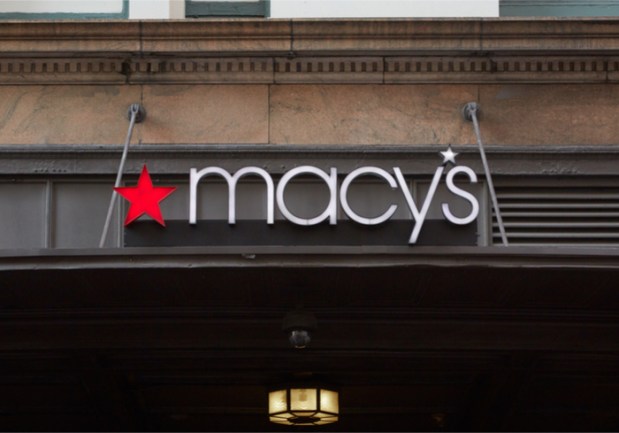Why Macy’s Is Where Martha Stewart Wants To Be

A lot has been written in recent years about everything that has gone wrong at Macy’s. The storied department store is a bit more than a brand at this point. At 159 years old, it officially counts as a retail institution — one that hasn’t spent much of the last few years looking too healthy.
The explanations given for why vary.
Some think it’s the overly large physical footprint — particularly in malls — in an era when customers are shopping in stores less. Some have noted that Macy’s is a middle-market brand pitching to a middle class that no longer exists — or doesn’t exist in enough force to support its expansive business model. Others say the era of the department store has passed and that Macy’s troubles are just another variation on the theme of weakness across the segment. Why shop at a department store when there’s an online marketplace where the same goods can be bought for less money?
As one might expect of a brand that has existed for longer than the combined ages of Amazon, Google, Apple, Walmart and eBay, Macy’s is unwilling to lie down and die — no matter how often its obituary gets written.
A turnaround is no easy feat. In retail as in sailing, the bigger the boat, the harder it is to change direction. Much of its efforts — and what has gotten the most public notice — are the ways in which Macy’s has contracted. The company has shuttered hundreds of stores — with hundreds more to go in 2018 — and laid off a staggering number of workers as it has moved to streamline its operations.
But the brand has also focused on adding more to its lineup — just not more to its physical footprint.
The company has also shifted its focus to online sales and has seen those figures climb consistently over the last year and half — although those digital sales do tend toward the lower margin. Macy’s is also looking to up the level of its mobile checkout game by giving consumers the option to scan item barcodes while they shop, dropping them directly into a digital shopping cart where rewards can be applied. Consumers can then check out via mobile and stop by a service desk to make sure all security tags are removed and that they have properly scanned all their items.
What has been done so far has drummed up some signs of improving results: Q4 2017 was a strong holiday showing for the brand, although not a record-breaker. It has reportedly gotten some of its apparel groove back and remains the nation’s leading online apparel retailer (although Amazon has been making gains on their market share since jumping into the clothing arena a little over a year ago).
That push toward building more dovetails nicely with the brand’s recently expanding partnership with Martha Stewart — and its larger push to attract millennials as they are growing up.
What Martha Brings to Macy’s (and Vice Versa)
Macy’s shoppers know that Martha Stewart is not exactly new to their shelves. Her home products and housewares have been on offer since 2007. But the newly launching Essentials line, Stewart noted in a statement on the products’ release, is about taking the next step in helping up-and-coming young adults tap into all the “good things” Martha has to offer for quality living.
“We created Essentials to provide affordable home basics, in the quality expected from our brand, for a younger consumer,” Stewart said.
The launch includes Martha Stewart Food — a line of branded foods created exclusively for Macy’s that includes items like cupcake and brownie mixes, olive oil, pasta and pasta sauces. The foods are all designed, according to Stewart, to taste “homemade.”
Perhaps Martha has finally given up on teaching us all to cook and has decided to just send the meals our way. It’s an outlook consistent with her move into delivery kits (Marley Spoon) in 2016.
The Essentials’ line includes all the basic tools one needs for cooking and baking — baking sheets and muffin tins, for example — which indicates that perhaps she’s still hoping to convert some home chefs. The collection’s inclusion of things like candlesticks also shows that Martha is hoping we’ll make our tables look nice after we’ve prepped the food.
And while one may find themselves wondering why a consumer would go to Macy’s looking to connect with millennials, the persistently surprising data about the retailer is that it tends to be a brand millennials kind of like. And it tends to be a brand where they buy — $252 is the average purchase size.
Those millennials are growing up, buying homes and realizing that perhaps the department store experience — properly delivered — might not be so irrelevant when one has a lot of shopping household needs.
It’s not enough to say Macy’s is out of the woods or that department stores can survive.
But there is a path to relevancy still open and perhaps a growing share of consumers who can be given a reason to step back into the department store shopping experience.
